‘Everything is gone’: Gazans return to shattered homes amid fragile ceasefire and uncertain future
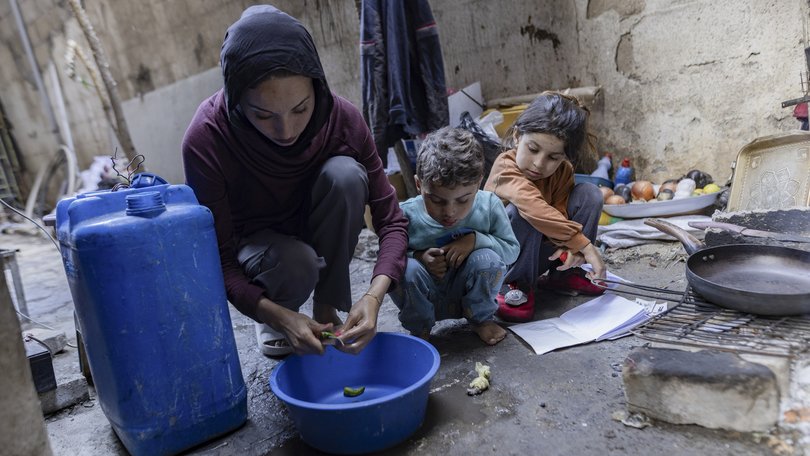
Sabah Abu Ghanem and her family made the long trek back to Gaza City after Israel and Hamas agreed to a ceasefire this month, leaving a crowded tent encampment in the south of the territory with the goal of finally going home.
When they arrived, they found that their neighbourhood had been destroyed, like most of Gaza City. But the cement skeleton of their home was still standing, so they decided to live in one of its damaged rooms.
“At least, this piece of land is ours,” said Abu Ghanem, 26.
Sign up to The Nightly's newsletters.
Get the first look at the digital newspaper, curated daily stories and breaking headlines delivered to your inbox.
By continuing you agree to our Terms and Privacy Policy.“This rubble I can call mine.”
Since the ceasefire took effect, thousands of Palestinians have returned to Gaza City or other areas in the devastated north of the Gaza Strip. In many cases, they went back to places that they had fled just weeks earlier, and found their homes and neighborhoods obliterated.
Rebuilding their lives in Gaza City feels at best like a faraway goal and at worst, like an impossible one.
For some, the destruction was too much to face.
Majdi Nassar, 32, came back to look for his home in Jabalia, near Gaza City, but returned to Deir al-Balah, in the south, within less than 24 hours. He said he would stay away until clean drinking water had been restored. That could be a long time.
“I could not find any trace of the building where I had an apartment, not even the rubble,” he said.
“Everything is gone.”
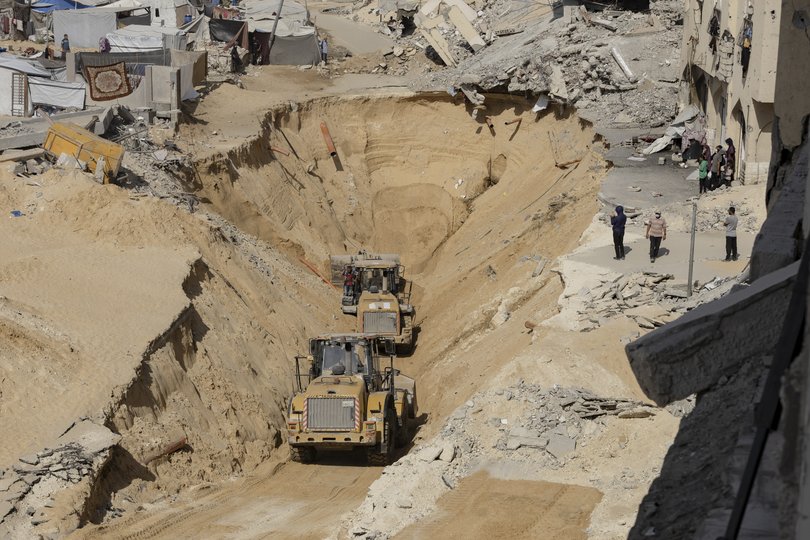
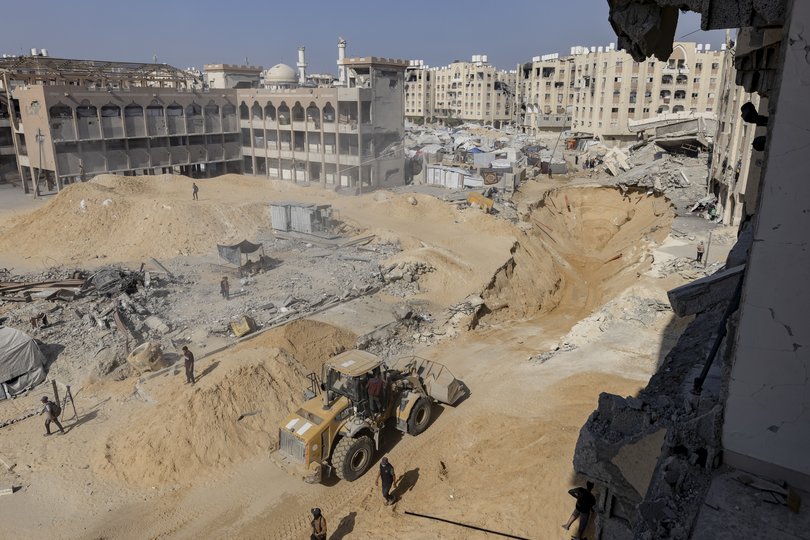
Gaza was densely populated before the two-year war that was ignited by the Hamas-led attack on Israel on October 7, 2023. Gaza City was the political, economic and cultural heart of the territory. Vast swaths of it are now in ruins.
The city has been hollowed out by the flight of its residents to southern Gaza after the Israeli military launched a ground offensive there last month. Government buildings, universities and many hospitals have been destroyed.
Food supplies are limited. The electrical grid has been down for two years, since Israel cut off supplies in the first days of the war. Clean water is hard to find.
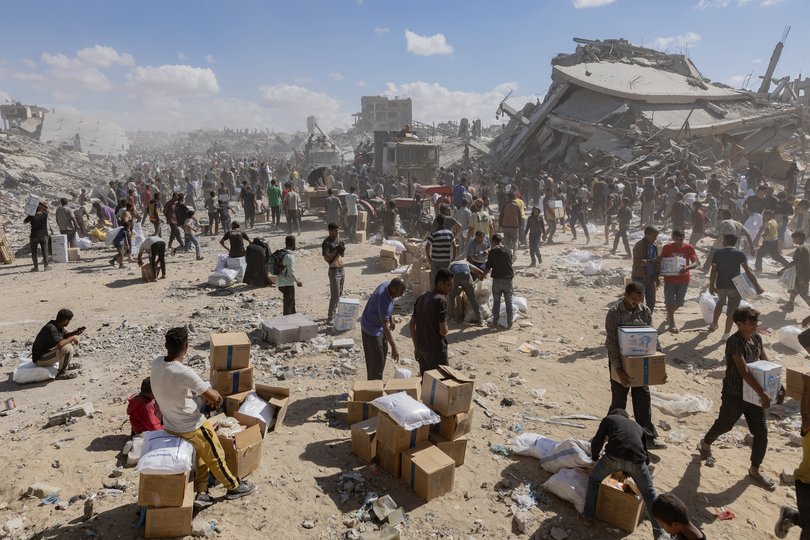
This past week, the United Nations said “real progress” was being made to increase aid deliveries, but the World Food Program said it would take time to reverse conditions that led a UN-backed panel of food experts to report that areas in and around Gaza City were suffering from famine in August.
Israel has said there is no famine and blamed food shortages on Hamas, looters or aid groups that it says are incompetent.
The future is deeply uncertain. The ceasefire has stopped the fighting, but it is not clear if it will end the war. The next round of peace negotiations has not been scheduled, and there is no established timeline for reconstruction.
The Israeli military has pulled back to a new deployment line in Gaza, but it still controls half of the enclave’s territory. On Friday, it said it had opened fire on a vehicle it said had crossed that new boundary. The Gaza Civil Defence emergency service said at least nine people, including children, were killed.
For some residents, like Abu Ghanem, the conditions are so grim that they say they want to leave Gaza.
One of the first things she did when she returned to Gaza City was to walk through the shattered remains of her neighbourhood to see if she could recognise anyone or anything.
“There was no one at all around,” she said.
“There were no services, no water or electricity, and, of course, no markets to buy food.”
Abu Ghanem was once a celebrity of a sort in Gaza. She was a surfer in a place where few people, and even fewer women, practice the sport, and she appeared in foreign newspapers and documentary films, like “Gaza Surf Club.”
Social pressure led her to stop surfing, and she got married and had three children. She still swam, though, and used to dream of starting a club to teach girls how to swim and surf.
Now, she said, her dream is to leave Gaza for the sake of her children.
Before the war, they talked about school or what they wanted to be when they grew up. Now, they trade tips on how to start a fire to cook or where to buy water from the trucks that have set up shop around town, she said.
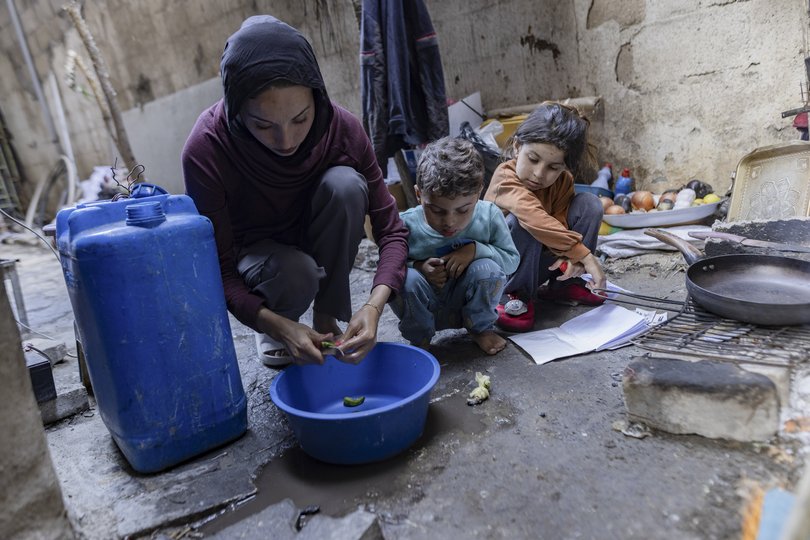
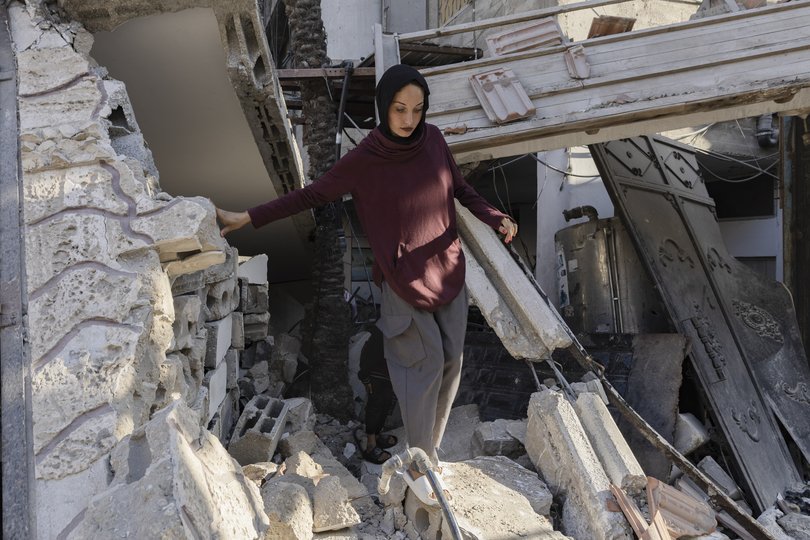
“I want them to enjoy a much better life than mine,” she said. “Gaza is not a place for life or dreams.”
But others who returned to Gaza City said they were committed to staying.
Fatima Abu Steita, 27, returned with her husband, Abdallah Abu Nada, 47, to look for their home in the Zeitoun neighbourhood. But they never found it because it was “completely erased,” she said.
“Everything around that neighbourhood is flat ground,” she added. “Rebuilding life here feels like trying to plant a tree in stone.”
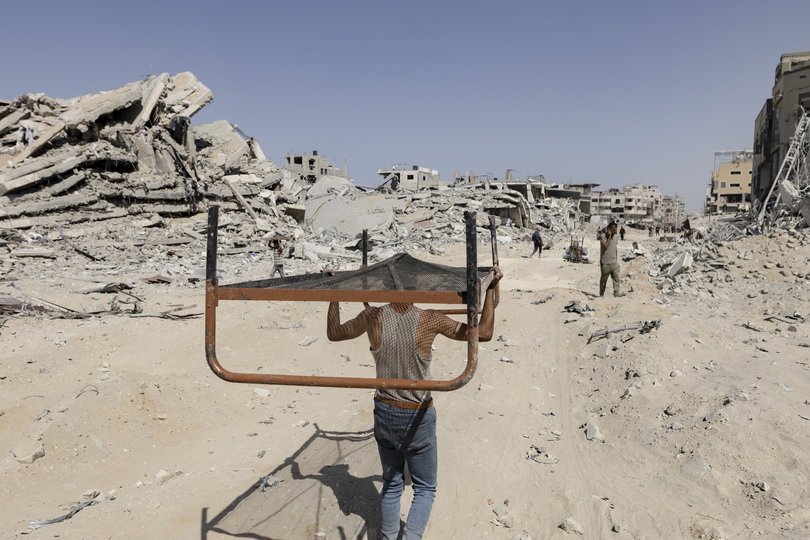
She now lives with relatives in the Shati neighbourhood, “10 souls under one cracked roof.”
Abu Seita said she knew families who “came back, took one look at their street, and left.” But for her, returning to Gaza City felt empowering, no matter what state it was in.
“It’s a return to nothing, yes,” she said. “But it’s also saying: ‘We are still here.’”
Yet for those who have chosen to stay despite the destruction, Gaza City also feels increasingly dangerous.
The territory has been lawless and largely ungoverned for two years.
Since the ceasefire began, Hamas has begun reasserting its authority. In some places, that has meant masked fighters directing traffic. In others, it has meant Hamas gunmen killing rivals in street battles and summary executions.
Even before they returned to Gaza City, Abu Ghanem said she did not let her children leave home at night because “everyone outside has a gun, a knife, or even a screwdriver.”
Now, some returnees worry they could get swept up in internecine violence.
“There is no law or police — people take the law into their own hands,” she said.
“An eye for an eye is the law now.”
© 2025 The New York Times Company
Originally published on The New York Times
